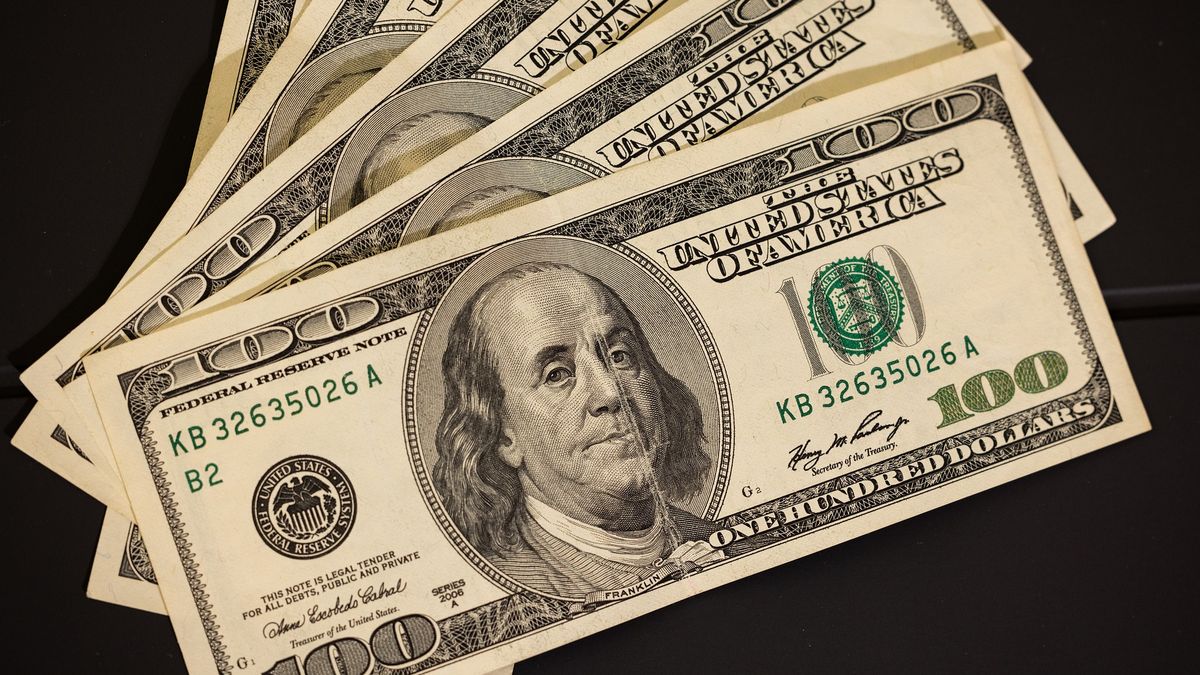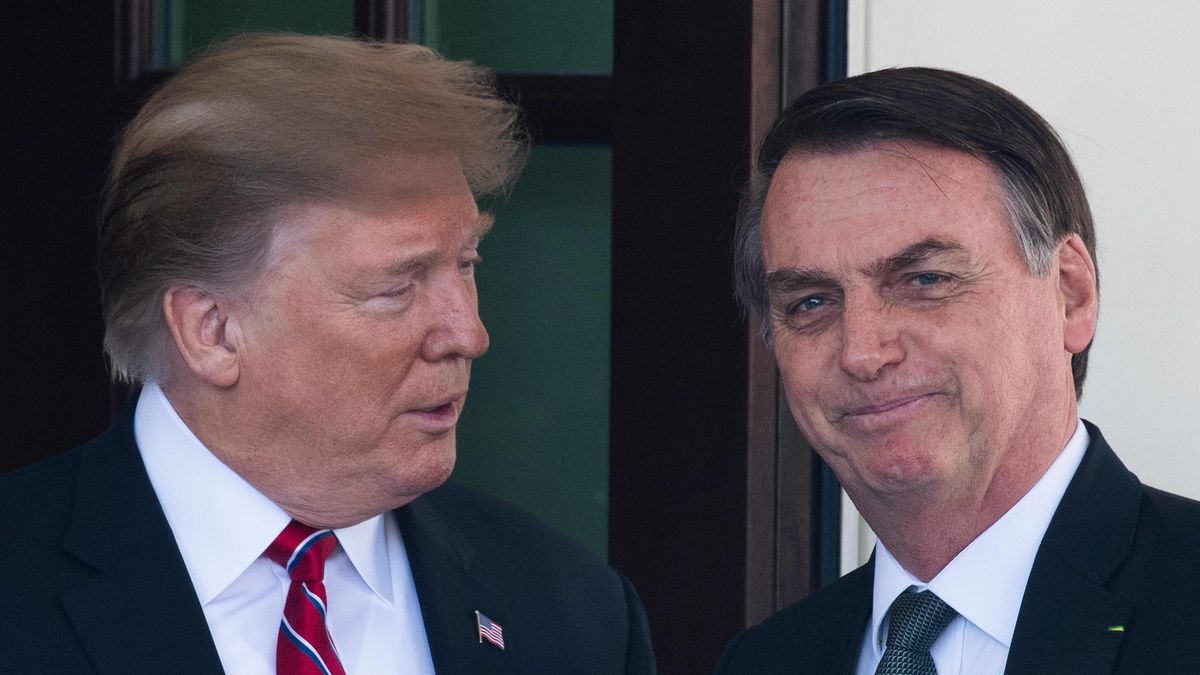For its part, The MEP or Stock Exchange dollar sank 2.2% (-$4.64) compared to last Friday, to $207.59while showing a decline of 7.2% (-$16.16) from the beginning according to the multilateral credit organization.
In this context, based on the announcements made by President Alberto Fernández and Minister Martín Guzmán on that Friday, January 27, the gaps with the officer contracted almost 17 points to 103.7% in the case of the CCL, and 18 points to 95.6% in the case of the MEP. Even so, in the last two rounds, stock prices recovered some of what was lost.
The IMF spokesman, Gerry Rice, stated on Thursday the intention of the entity to want to complete the treatment of the technical agreement “as quickly as possible”.
Fundcorp’s Roberto Geretto warned that the conditions of the agreement entail a risk of inflationary acceleration since “although there will be less monetization of the deficit and positive real rates, the official exchange rate will also travel faster than last year, there will be an increase of rates, and also monetary emission for the purchase of reserves”.
As for the official exchange rate, the trend towards a greater “crawling peg” is already beginning to be perceived. This week the price of the wholesaler, which is directly regulated by the Central Bank (BCRA), had its biggest rise in almost a year and so far this month it has already advanced at an annual rate of 40%.
“The acceleration of the crawling-peg continues to be closely monitored in search of a contraction of the high gap, especially from the bottom up to reduce the distortions it generates. The greater recent calm in the financial dollars also requires new signals after the understanding with the IMF, and in that sense the next stop would be to continue moving towards positive real rates in order to arouse greater appetite for placements in local currency and thus less towards dollarization,” said economist Gustavo Ber.
It is worth remembering that at the end of March the Government must pay some US$2.9 billion in maturities with the institution led by Kristalina Georgieva, and another US$2.0 billion with the Paris Club, at a time when reserves Central Bank (BCRA) net assets are below US$1 billion (although the number may vary depending on the calculation methodology).
In this context, The Executive Branch announced the extension of the currency swap (exchange) with the People’s Republic of China for US$3,000 millionwhich will serve to increase gross reserves (not net since they have a liability as counterparty).
Currently, the exchange of currencies between the BCRA and the Chinese central bank is 130,000 million yuan, equivalent to about US$18.7 billion, which will reach a total of US$21.7 billion once the agreement is closed. between the two monetary authorities.
On the other hand, in line with the objective of the Ministry of Economy to increase the weight of financing via the market and reduce dependence on monetary issuance, the Treasury returned to obtain net indebtedness in local currency in the first tender in February. On this occasion, she captured an additional $87,463 million over the week’s maturities.
In parallel, the portfolio led by Martín Guzmán validated a higher annual nominal interest rate for fixed-rate securities, which rose to 46.11% for the Lede with a deadline in July this year, more than one percentage point above the previous tender and more than six points above the Leliqs rate.
In addition, Economy managed to reduce the maturities of the month by $244,156 million from the exchange of a Lede and a Lecer.
At the international level, US inflation marked 7.5% in the last 12 months, the highest advance in 40 years, which encourages speculation about an interest rate hike of 50 basis points in March, adverse news for emerging markets.
official dollar
In the official exchange market, the wholesale dollar rose 14 cents on this last day of the week to close at $106.15. Therefore, it accumulated an increase of 74 cents compared to last Friday, its highest adjustment since the last week of February 2021.
“The devaluation rate of the official exchange rate so far in February jumped to 40%, after 29% in January and 23% in December,” Cohen remarked.
In this frame, the BCRA added its eighth day without selling foreign currency ending its intervention in the foreign exchange market with a neutral balance. In the weekly accumulated, it registered a net purchase of US$50 million, the first positive result in a month.
This happened despite the difficult context for accumulating foreign currency, since February is usually a month of low liquidation for exports and a drop in the demand for pesos, which adds to the firm demand for imports and company debt payments.
Meanwhile, The savings dollar or solidarity dollar -retailer plus taxes- rose 10 cents this Friday to $184.26given that the retail dollar increased six cents to $111.67 -without taxes-, according to the average in the main banks of the financial system.
I followed all the dollar quotes in scope.com.
The blue dollar closed stable this Friday 11 February 2022according to a survey carried out by Ámbito in the Foreign Exchange Black Market, and ceased to be the most expensive on the market.
The parallel ended at $215.50, after hitting a weekly high of $217 on Wednesday. In this way, the spread with the wholesaler fell slightly to 103%.
The informal ended $1.50 above last Friday’s close, registering the second consecutive week on the rise.
Source: Ambito
David William is a talented author who has made a name for himself in the world of writing. He is a professional author who writes on a wide range of topics, from general interest to opinion news. David is currently working as a writer at 24 hours worlds where he brings his unique perspective and in-depth research to his articles, making them both informative and engaging.




